 |
|||
 |
 |
 |
|
HOME >> taiwan TOP >> Manufacturing facilities
![]()


| In order to ensure the same level of reliability in product manufacturing, the Taiwan Factory is furnished with the same equipment and has the same management system as the Hachioji Factory in Japan. Strict, bulk air-conditioning controls are used to maintain the temperature, humidity, and pressure in the clean room, and, furthermore, all products made in Taiwan are periodically double-checked by the quality control section in Japan. | 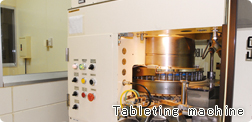 |
 |
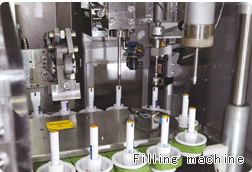 |

![]()
| In preparation for a future increase in demand for liquid products, including tonic drinks, a lliquid product building and a product shipment yard are currently under construction at the Taiwan Factory. This expansion plan seeks to win customer confidence and establish the Sato brand by enhancing the quality and quantity of Sato products manufactured in Taiwan. |  |
![]()
![]()
| The Taiwan Factory is manufacturing various types of solid preparations such as films, tablets, granules, and capsules. Strict process control is conducted to prevent cross contamination between different products and, at the same time, streamlining is in progress as exemplified by the use of automatic sorters with a capacity of 1,000 to 2,000 tablets per minute. |
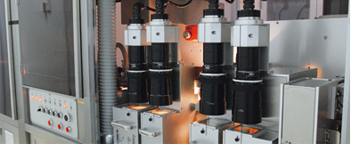 |
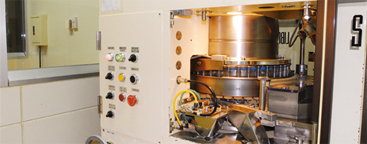 |
| * Automatic sorter | * Tableting machine |
![]()
| This production line mainly manufactures "NAZAL SPRAY" for shipment to Japan. Processes such as filling drug solutions, inserting interior plugs, and fastening caps are handled automatically by the packaging machines. |
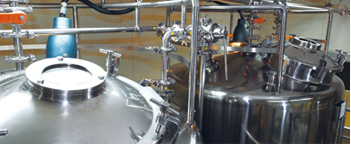 |
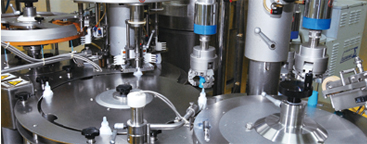 |
| * NAZAL tanks | * Filling machine |
![]()
| Sato is particularly well-known for its ointments and creams. The Taiwan Factory uses the same drug preparation equipment as the Hachioji factory to ensure that the ointments and creams it manufactures are equivalent to their Japanese counterparts. |  |
| * Filling machine |
![]()
![]()
| For the sake of quicker mass-production, the external preparation filling machines and the ointment filling machines are directly connected to packaging machines. Labor saving is also being promoted by conducting print check using automatic testers. |
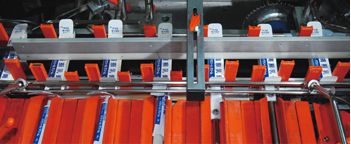 |
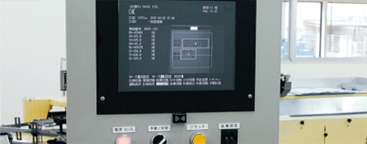 |
| * Norden packaging machine | * Image processor |
![]()
| From July 2007, bar code control has been introduced to enable quicker and more accurate reception and delivery control and inventory management. |
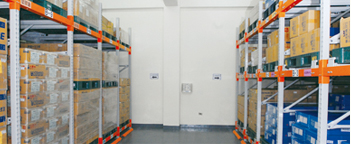 |
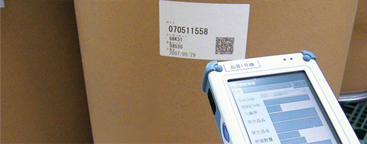 |
| * Inside a warehouse | * An example of bar code control |
![]()
| The inspecting system in the quality control dept. employs cutting-edge equipment and techniques, such as a liquid chromatography, in order to ensure the high reliability of Sato's pharmaceutical products. Furthermore, the staff in the microorganism room also contribute to ensuring product quality by monitoring the hygiene levels within each manufacturing environment. |
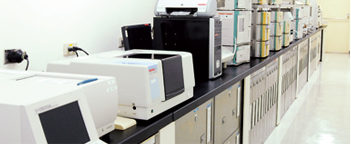 |
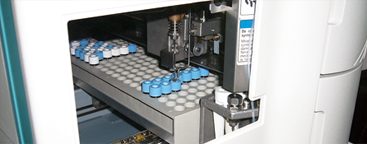 |
| * HPLC | * Auto sampler |
